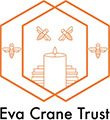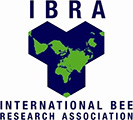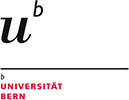|
In order to produce such ‘custom design’ colonies, it will however be necessary to reliably reproduce suitable sperm mixes to inseminate the queens. Using individual drones to inseminate a queen will be insufficient. Another queen will be inseminated with a set of semen from different drones. Hence, no single colony will have identical fathers unlike classical animal breeding, where a single siring male can be mated to many females. The replication of the insemination is not possible, which dilutes any assessment of breeding values. Here, we use a new technique for mixing of semen from a very large pool comprising thousands of drones (Brauße and van Praagh 2010) to test if these can be homogeneously mixed and used for replicate inseminations. |
|
Pieplow JT, Brauße J, van Praagh JP, Moritz RFA, Erler S (2017) A scientific note on using large mixed sperm samples in instrumental insemination of honeybee queens. Apidologie, (early online). DOI: 10.1007/s13592-017-0516-4 |
| https://link.springer.com/article/10.1007/s13592-017-0516-4 |







